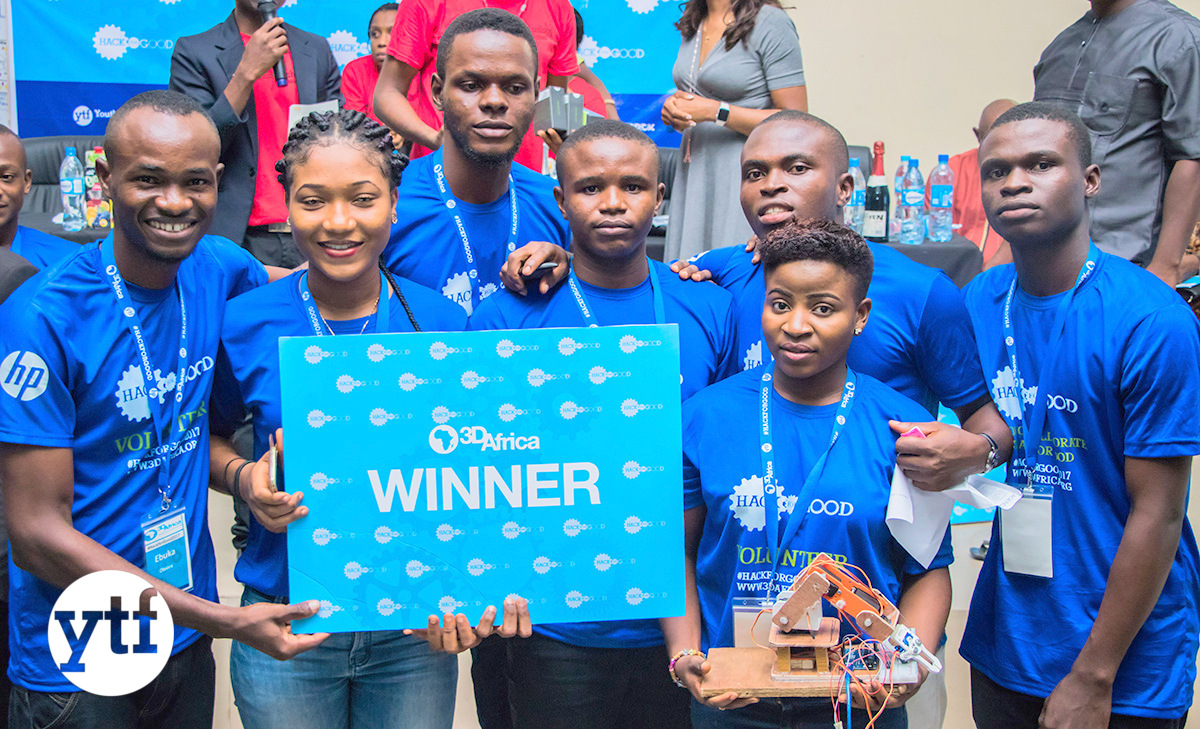
Five teams had three days to create technology innovations to solve specific problems in their communities at our recent HackforGood hackathon in Anambra State, Nigeria. The cohort came with diverse experiences and skill sets, as captured in this summary of applicants.
Dig in to the final prototype ideas below!
Team Hack-botics Designed and Constructed a Robotic Arm Manipulator (Hackathon Winners!)

Summary: The group designed and developed a compact and cost effective robotic arm manipulator that could be modified to fit into different industrial situations.
How it works: The team used servomotors as actuators (Arduino based robotic arm with 6 degrees of freedom). A specific application idea of this product is in bakeries for lifting bread and placing it in the oven. Materials used include wood and Polylactic acids (PLA), with about 40 percent of the parts created through 3D printing. Due to time constraints, maximum payload of the arm was 100g. The design could be modified to lift heavier loads. The device could also be upgraded to use remote controls.
Team Create Good Developed a Road Traffic Accident Alert (Winners of Open Mic Africa!)
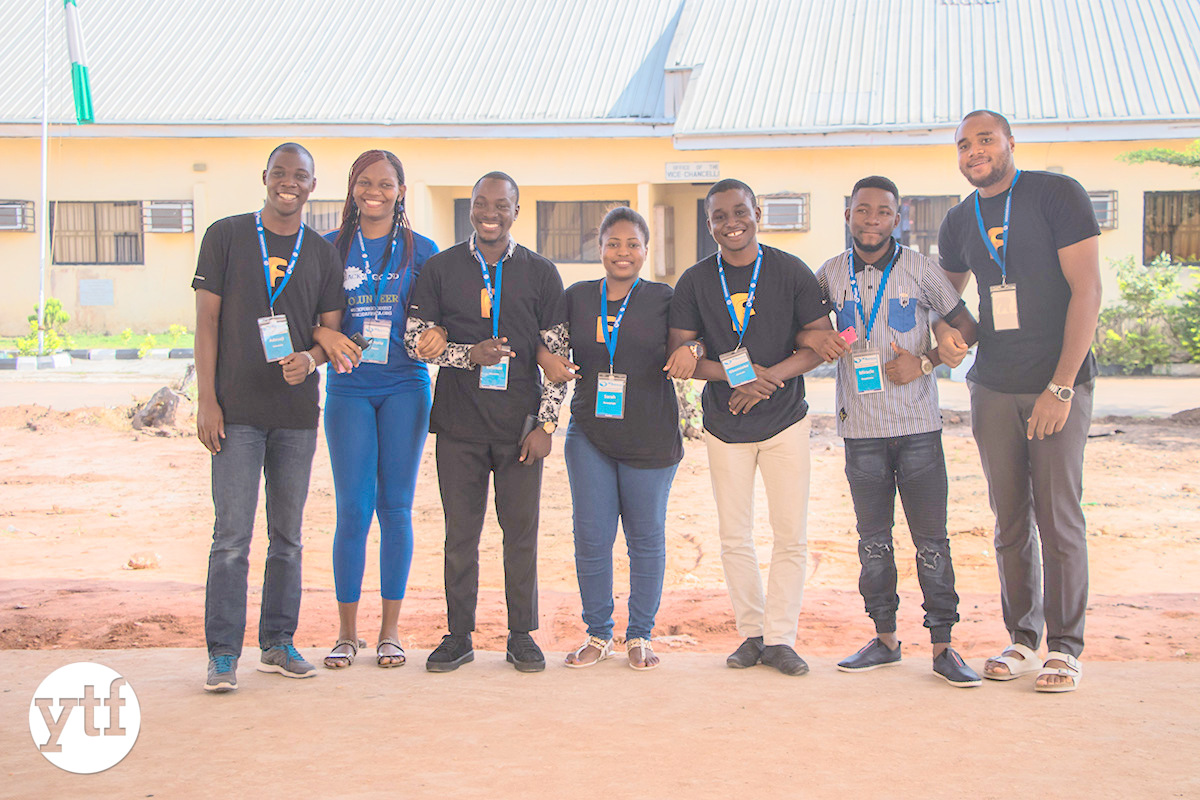
Summary: The group developed a device that detects and informs relevant authorities of critical conditions affecting vehicles and victims on local roads for a quicker emergency response.
How it works: When an accident occurs, the impact generated is measured by impact sensors attached to the device. The impact sensors generate signals which are channeled to a GPS module that generates GPS coordinates at the site of the accident. The GPS signal or coordinates dispatches the distress alarm in 10 seconds to the authorities, in this case the Federal Road Safety Commission (FRSC) central control at Abuja. The central control would transmit the emergency response to the local FRSC station nearest to the scene of the accident for a quick emergency response. False signals can be interrupted by a pushbutton on a dash board to prevent the dispatch of a distress signal.
TeamTechkers Created A Hybrid Solar Wind Power Generation
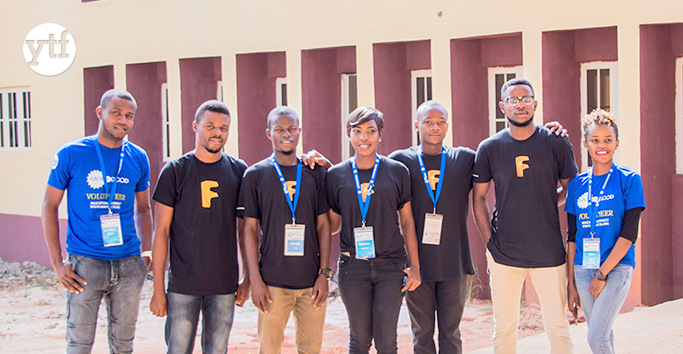
Summary: The group designed a hybrid solar wind power generation system to avoid the hazards associated with the use of fossil fuel such as green house effect and global warming.
How it works: The system consists of solar powered panels and a wind turbine. The two systems are interlinked with a charge controller that controls or regulates power generation. The solar system works during the day and wind system works during the night. Both systems are controlled by a timing circuit that helps to effect switching through the aid of transistors and relays for DC and contactors for AC. These charge controllers are designed using various electronic devices and are interlinked with the help of a TM electronic module.
Team Humanity Created Green Lens Crop Disease Detector
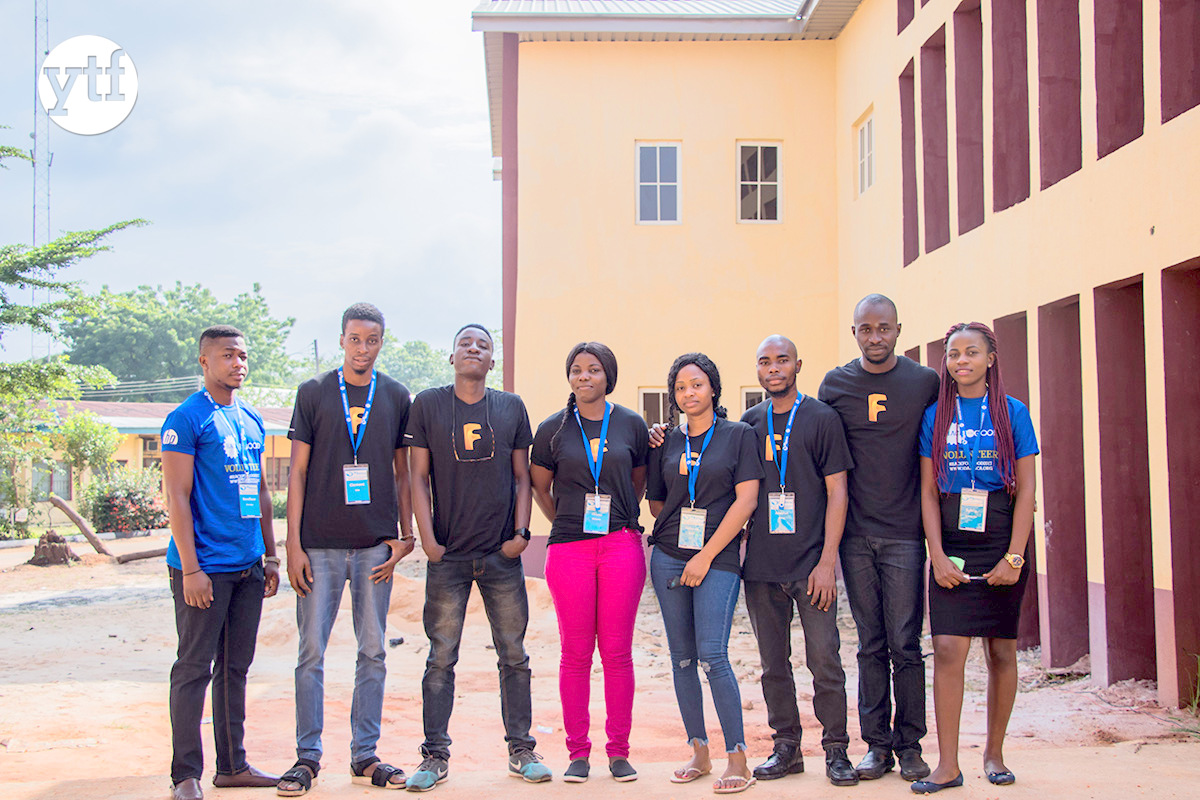
Summary: The group developed a device that helps farmers diagnose plant diseases.
How it works: According to cropsite, 40 percent of farm yield are lost before harvest yearly to pests. Nigeria recently experienced a devastating tomato disease caused by the pest Tuta absoluta which destroyed over 80 percent of tomato farms in the country within two months. This new device comprises an image acquisition module, microprocessor and a display. Through the image acquisition module, the farmer could acquire the image of the plant which is to be diagnosed. The image is then automatically processed using computer vision algorithm and Artificial Neural Network (ANN) running on the processor. The result of the test is displayed on the screen or an audio message is played in the farmer’s local language. The results may also be sent to organizations like International Institute of Tropical Agriculture (IITA) for awareness in order to prepare for a possible epidemic outbreak.
Team Vision 3D Created Eco Farm Monitor
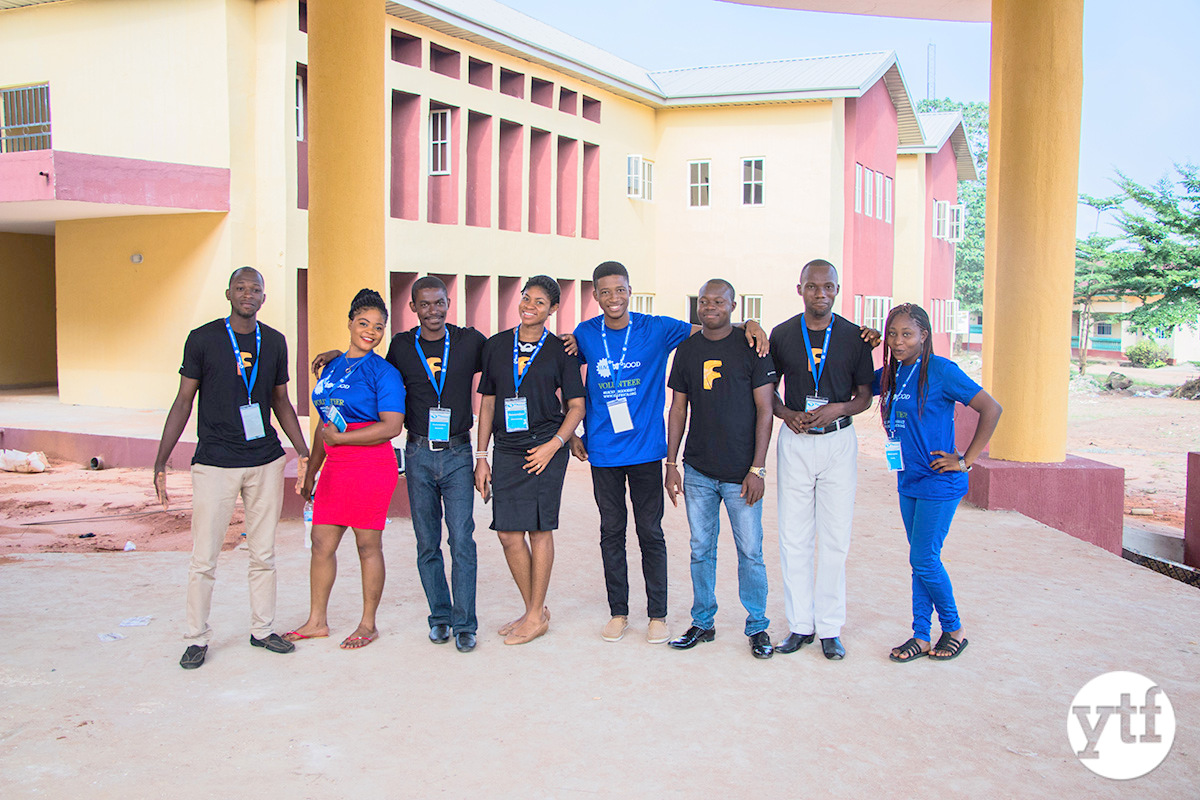
The group developed a sensing device that can monitor real-time temperature and humidity in a poultry house. This addresses issues like unfavorable weather and climatic conditions that could lead to high mortality and low egg production rates. The components include an Arduino board, DHT sensor, LCD, and battery.
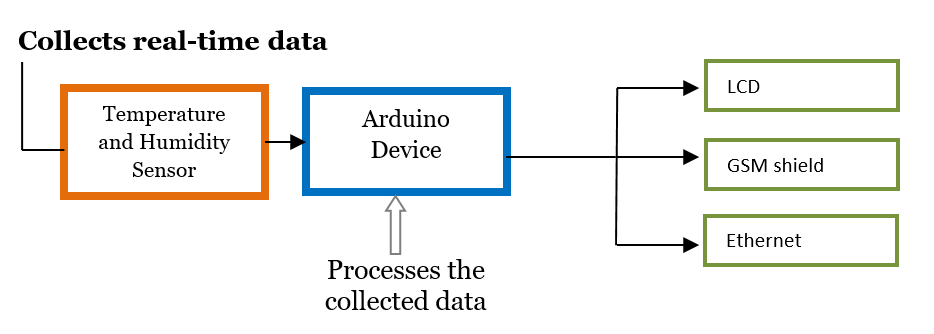
We’re grateful for our judges and student ambassadors for making the event a success, and Ventures Africa, the Guardian and Africa.com for their coverage.
A special thanks to our partners and sponsors: HP, Merck, Autodesk, Makerbot, and Women in 3D Printing, and Chukwuemeka Odumegwu Ojukwu University for hosting.
Find out more about 3D Africa and other YTF programs.
